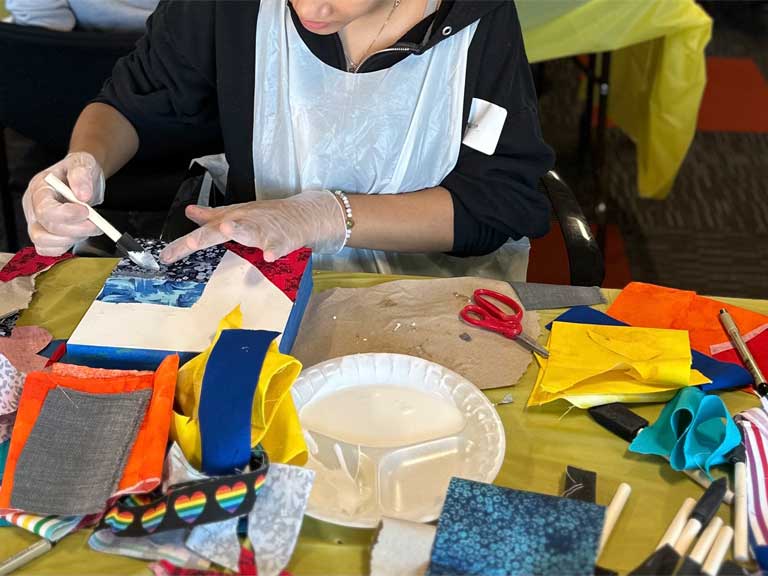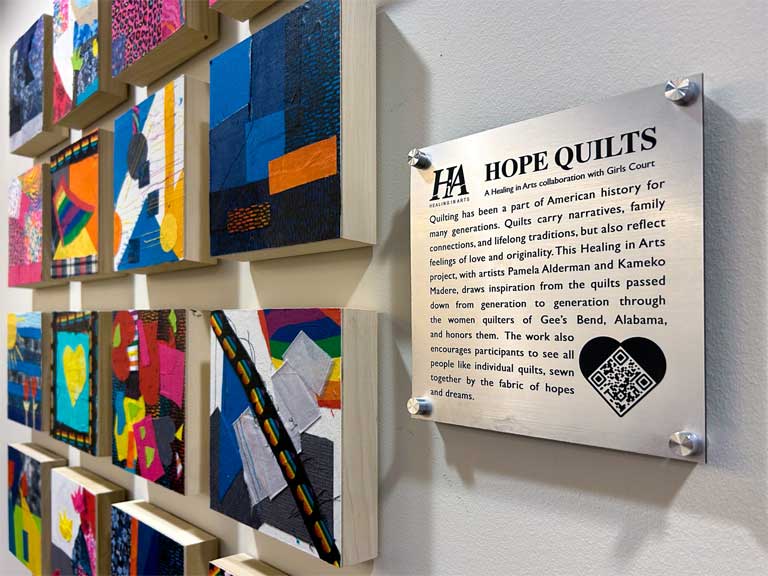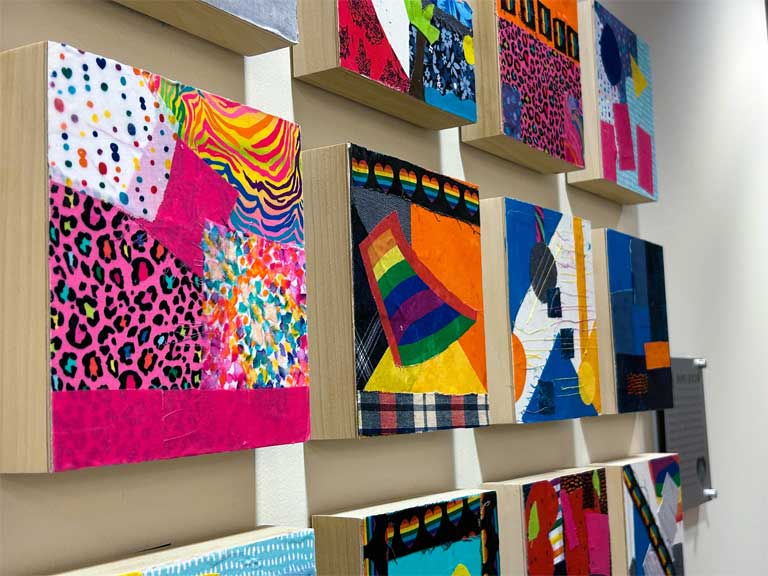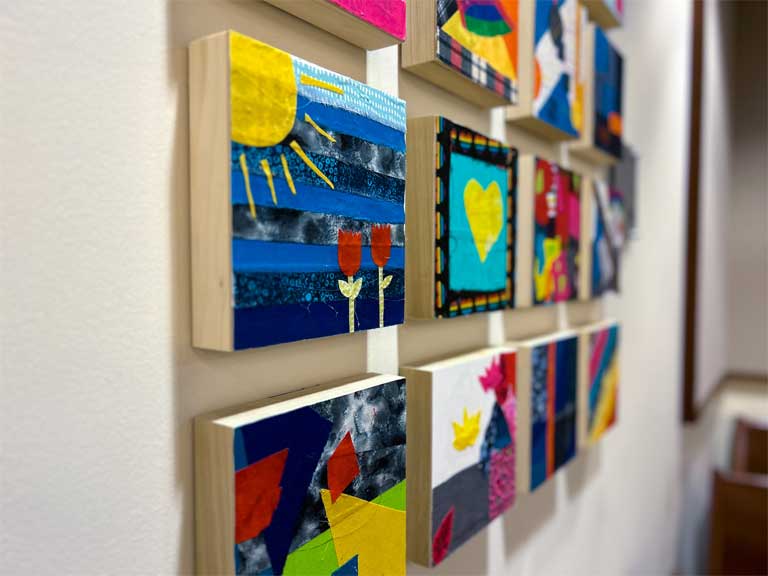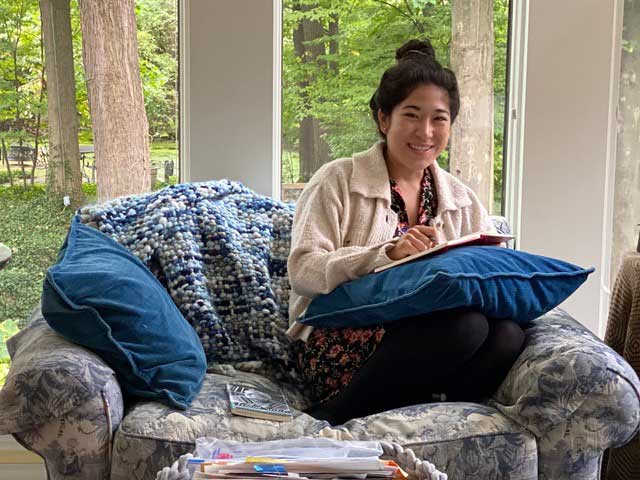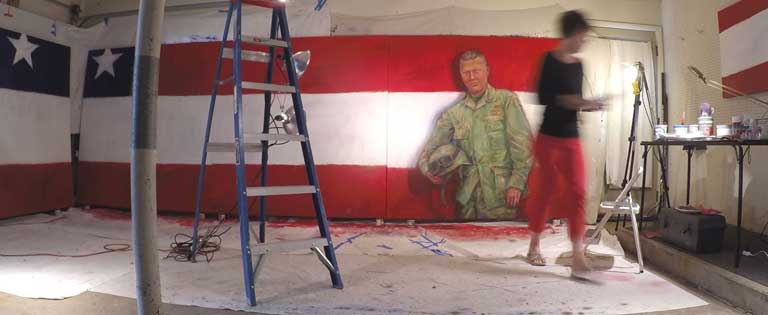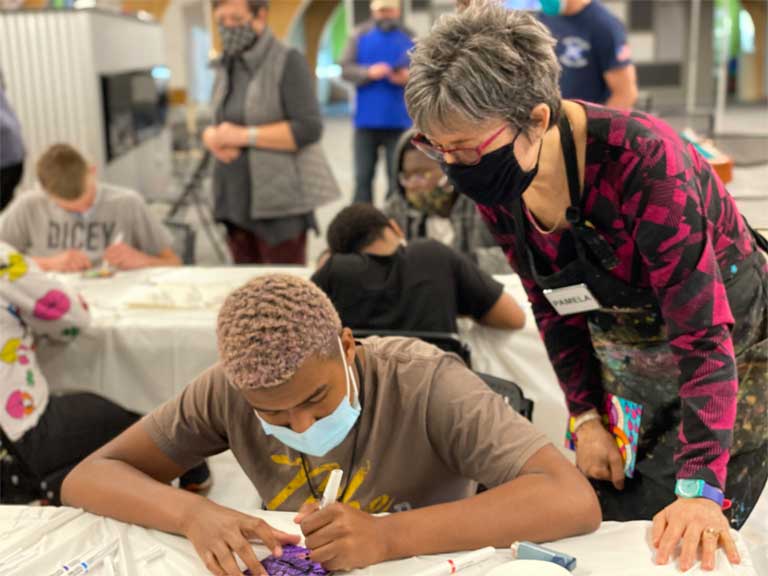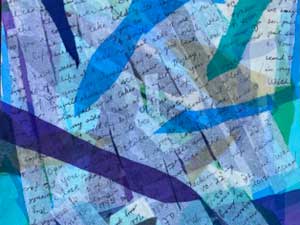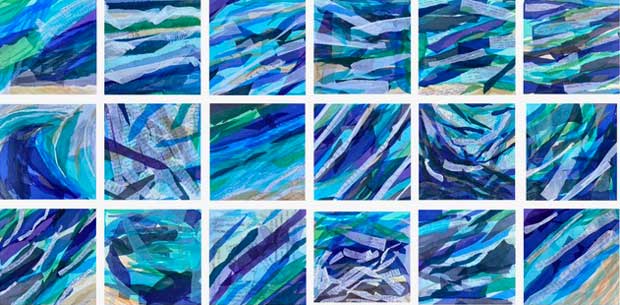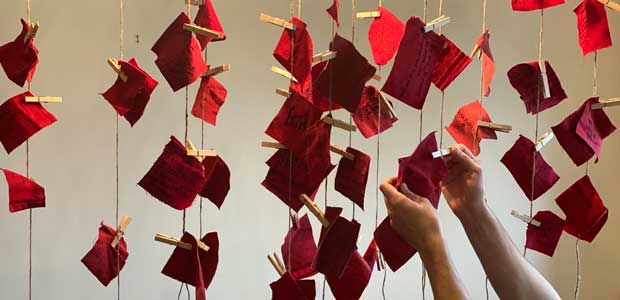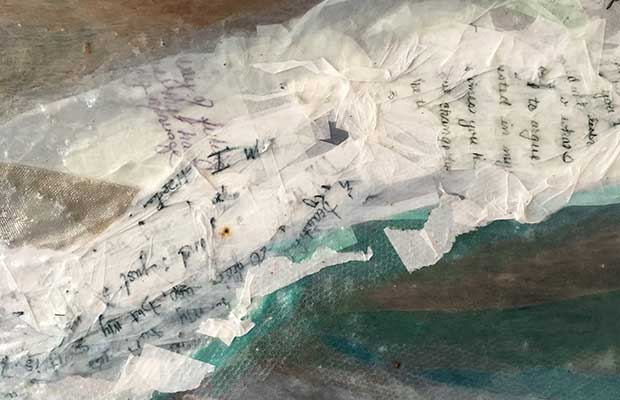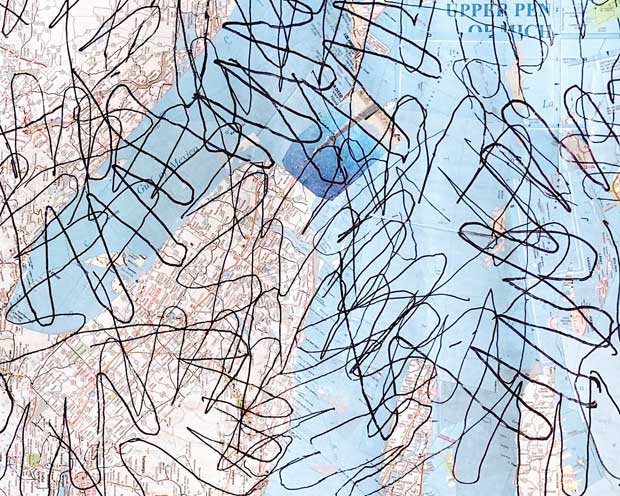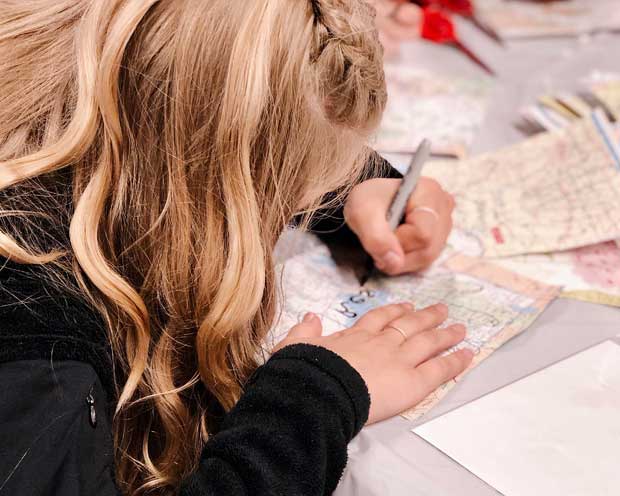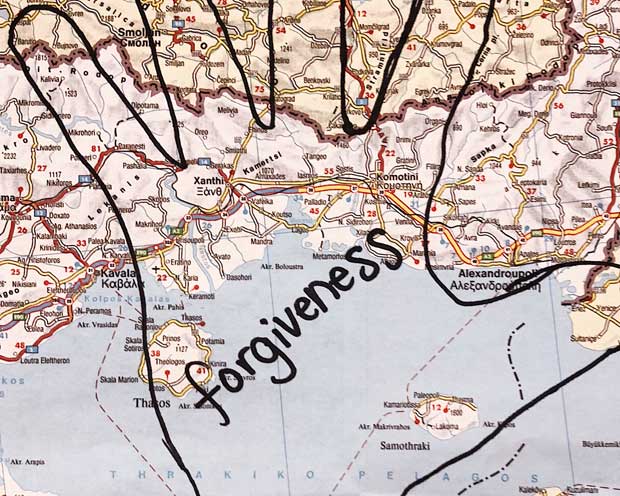Unveiling Hope Quilts
A Healing in Arts Collaboration with Girls Court
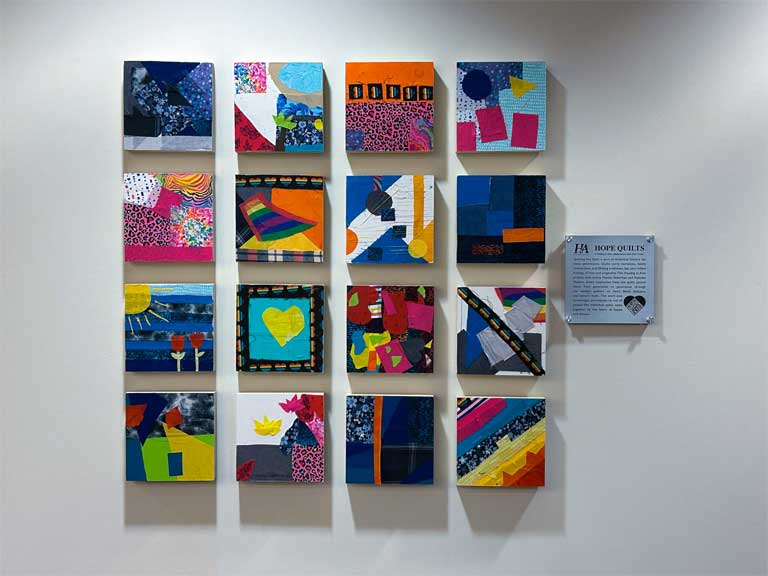
Quilting has been part of American history for many generations. Quilts carry narratives, family connections, and lifelong traditions, but they also reflect feelings of love and originality. This Healing in Arts project, with artists Pamela Alderman and Kameko Madere, draws inspiration from the quilt patterns passed down from generation to generation through the women quilters of Gee’s Bend, Alabama, and honors their art. The work encourages participants to see all people like individual quilts, sewn together by the fabric of hopes and dreams.
Our History with Girls Court
Each year, since we first connected at the Let Go ArtPrize exhibit in 2017, Healing in Arts has facilitated an art workshop with the incarcerated teens at Girls Court and Judge Patricia Gardner. This year California artist Kameko Madere, one of my fellow graduate students at Azusa Pacific University and a Healing in Arts board member, created the concept for this particular project. We held the first Hope Quilt workshop in Michigan. As we passed out the art supplies—fabric, wooden panels, and glue—to the teens, the probation officers, and the judge, one of the girls said, “You give us so many options to choose from.” At Healing in Arts, we try to provide ample art materials to make each participant feel valued and included. We want to communicate that we care about each person through our words, our actions, our attitudes, and the art making process.
After a fun evening of creating the Hope Quilts project, a few of the teens gave this feedback:
The art project relieved any stress I’d had.
It was something positive I got to do and be creative.
Being able to be creative in a different way than normal.
It was fun.
Something to Think About
How can you use your passion and talents to inspire or encourage others?
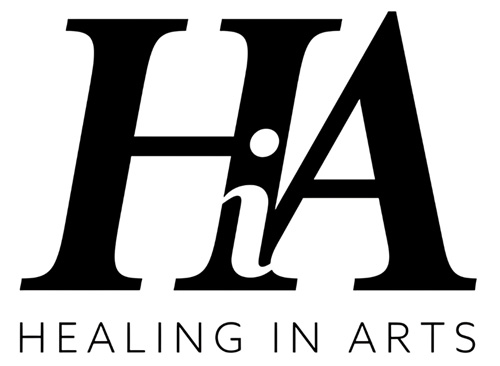 Healing in Arts creates art experiences to build hope, care, and connection in under-served communities, including special needs kids, incarcerated teens, sex trafficked youth, First Nations people in Canada, veterans with PTSD, and the elderly.
Healing in Arts creates art experiences to build hope, care, and connection in under-served communities, including special needs kids, incarcerated teens, sex trafficked youth, First Nations people in Canada, veterans with PTSD, and the elderly.

